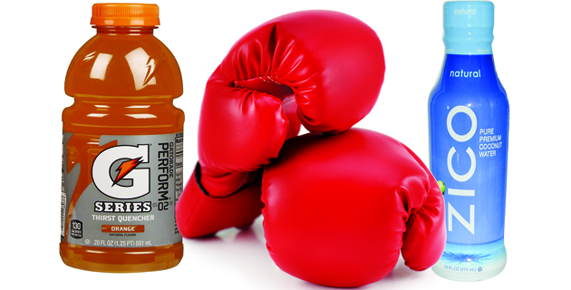Eating healthy begins even before you set foot in a grocery store. It starts with the shopping list you tap into your phone or jot down a piece of paper. “Because of all the ads that stores put in your face, you need a game plan before you go grocery shopping,” says Caroline Lazur, a registered dietitian at the Metabolic & Weight Loss Center at Capital Health Medical Center-Hopewell. “Knowing specifically what you’re going to buy before you go in will help you avoid putting excess food in the basket that you don’t really need.”
Before a trip to the store, follow these three tips:
Don’t go hungry. Plan shopping trips immediately after a filling meal. You’re less likely to grab those cheesy chips in the checkout line if you’re still full. Just how bad is shopping on an empty stomach? Hungry grocery shoppers will add 19 percent more food to their carts, including 31 percent more high-calorie snacks, according to a Cornell University study.
Shop by recipe. Don’t just add items to your cart, thinking you’ll come up with a dish later. Base your list on meals and stick to it, Lazur says. Forget your list? Then stick to the basic food groups—lean protein, produce, low-fat dairy, and whole grains.
Resist temptation. If you’re easily swayed by junk food, give yourself a pep talk before going into the store. Make it a game to avoid any bad food. And if you simply can’t resist the smell of fresh-baked donuts, shop online, Lazur recommends. Smart shopping does not mean eliminating entire categories of food—like sweets or crunchy snacks—it means finding low-calorie, nutrient-dense alternatives that can be part of our healthy-eating plan. Here, Lazur shares how to find the healthiest food options in 10 different categories.
Pasta
Look for whole wheat spaghetti. With this kind of pasta, you’ll gain about 6 grams of fiber per serving and lose some of the sodium. Whole wheat pasta can have less than 10 mg of sodium, while conventional pasta may have more than 180 mg of sodium per serving. Just keep in mind that it’s only about 50 fewer calories per serving. Other pasta alternatives include zucchini noodles, spaghetti squash, broccoli slaw, and house tofu shirataki noodles.
Yogurt
Sure, yogurt has a healthy reputation, but now lots of yogurt products are loaded with calories and sugar. Stick with non-fat, plain Greek yogurt that you sweeten with no-calorie sweetener or fresh fruit. Greek yogurt, which is high in protein, is also great to use in place of sour cream as a dipping sauce for veggies, and as an alternative to mayo or other high-calorie sauces.
Fruit Juice
Buy low-sugar juices that are 100 percent fruit juice. Avoid juices that have a long list of ingredients and especially those with high-fructose corn syrup. A good choice: Tropicana’s Trop50, which has about half the calories of normal orange juice.
Energy Bars
Some energy bars are simply candy bars in disguise. Shop for bars that have up to 20 grams of protein and at least 5 grams of fiber. Lazur recommends QuestBar. If you just need a snack, look for bars with fewer than 200 calories. However, if your energy bar is a meal replacement, seek out bars with more than 200 calories.
Ice Cream
You don’t have to ban ice cream from your freezer. Just scout the store for low-calorie options. For fudge bars, pick up the Weight Watchers Giant Chocolate Fudge Bars that have only 100 calories. Skinny Cow also makes tasty low-calorie ice cream treats. Arctic Zero, at 150 calories per pint, may taste a little bland on its own, but it is delicious when blended with no-calorie sweeter into a milkshake.
Bread
Choose whole grains that are low in calories and high in fiber. Look for bread that’s 45 calories or less per slice. That way, you can still eat two slices for fewer calories than white bread. Two other options are 100-calorie, whole grain sandwich thins and 45-calorie whole grain tortillas, such as the Trader Joe’s branded tortillas.
Rice/Grains
Quinoa: Difficult to pronounce but great for your waistline. When you use whole grain quinoa in place of rice, you’ll get all the essential amino acids your body needs. Other grains Lazur recommends include bulgar, buckwheat, and plain brown rice. Just stick to a half-cup serving.
Chips
Most chips are loaded with fat, including saturated fat. To avoid this bad stuff, look for baked chips that have no more than 100 calories per serving. To reign in calories, Lazur recommends buying chips in individual serving bags. As a chip alternative, Lazur suggests rice cakes, which have only about 35 calories each and can be more filling than chips.
Frozen Entrée
Lean Cuisine, Weight Watchers, and Amy’s have great varieties that are appropriately portioned. However, with just about any frozen meal, sodium content will be high. Try to find meals with 800 mg or less of sodium and only rely on these type of meals once or twice a week, recommends Lazur.









